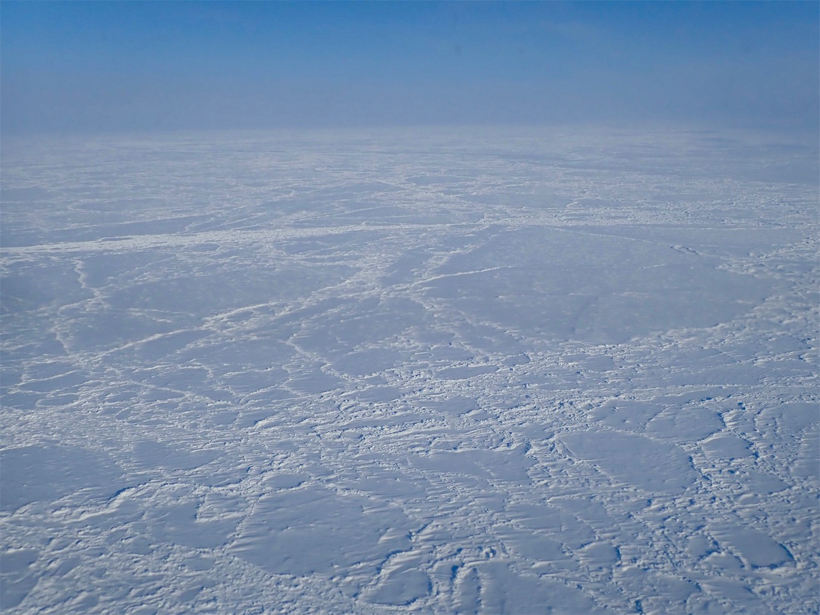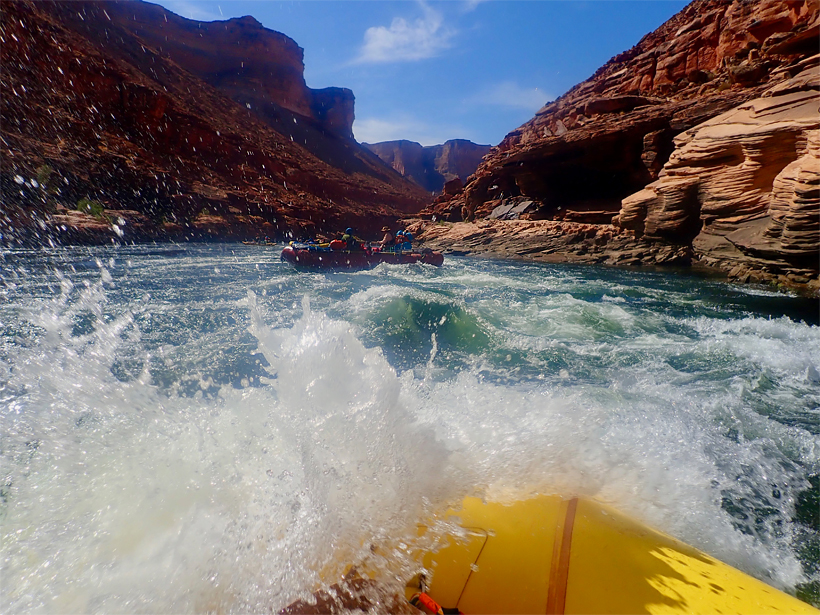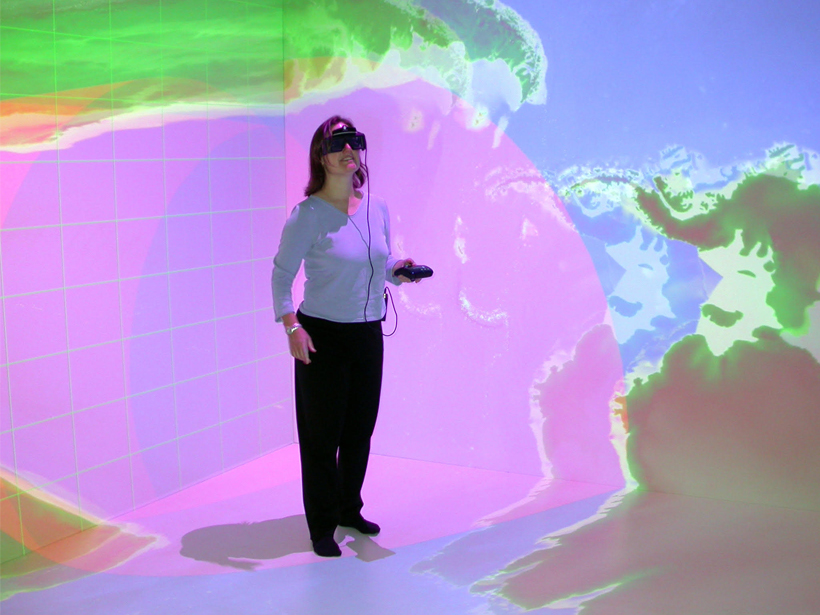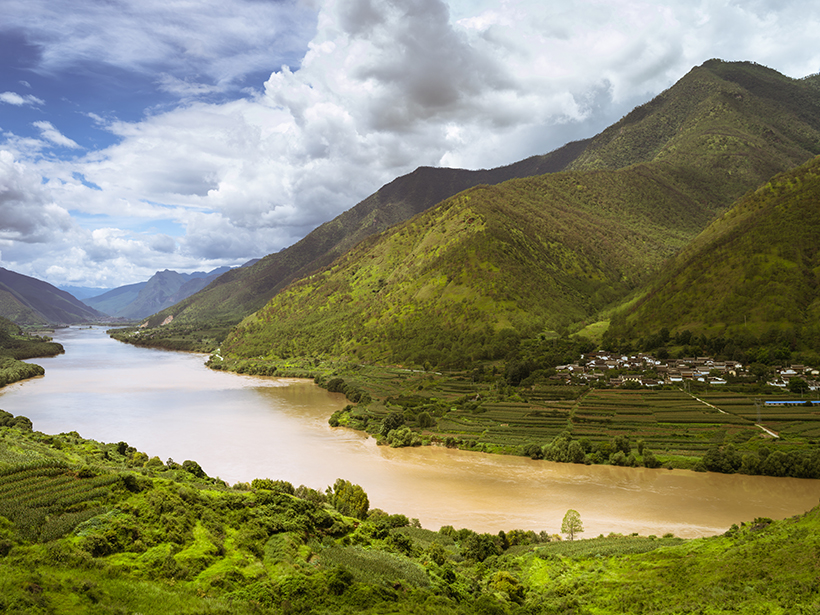Fifty years after the birth of modern plate tectonics theory, a group of researchers highlights three key examples of how our planet’s shape-shifting outer layer has altered our climate.
Features
Will Earth’s Grandest Canyon Keep Getting Grander?
Living in Geologic Time: Rafting through the past, present, and future of the Colorado River and the Grand Canyon.
Does Io Have a Magma Ocean?
Future space missions will further our knowledge of tidal heating and orbital resonances, processes thought to create spectacular volcanism and oceans of magma or water on other worlds.
Einstein Says: It’s 309.7-Meter O’Clock
Atomic clocks are now so accurate that Earth’s gravity can be seen to slow them down. Geodesy is preparing to use this relativistic effect to measure elevation.
Louise Kellogg: Geoscientist, Mentor, Science Communicator
The geoscientist, who studied Earth’s mantle and believed strongly in the power of mentoring, passed away in April.
The Coming Surge of Rocket Emissions
With the space industry’s rapid growth, rocket exhaust will increasingly accumulate in the atmosphere. How this accumulation might affect the planet is unknown—because we’re not taking it seriously.
Can NASA Get Its Satellite Data into the Real World?
This article has been removed due to inconsistencies regarding quotations and concepts.
Resurrecting Interest in a “Dead” Planet
New research suggests that the surface of Venus is busy, but it may take new missions to our “sibling” planet to confirm this.
Forgotten Legacies: Understanding Human Influences on Rivers
Logging, urbanization, and dam building are a few ways people have significantly altered natural river ecosystems. Understanding that influence is a grand challenge of our time.
How Cassini Ran Rings Around Saturn and What It Helped Us Learn
Once and future rings: During its final 22 orbits, the Cassini spacecraft provided a completely new look at one of our solar system’s most famous features.









